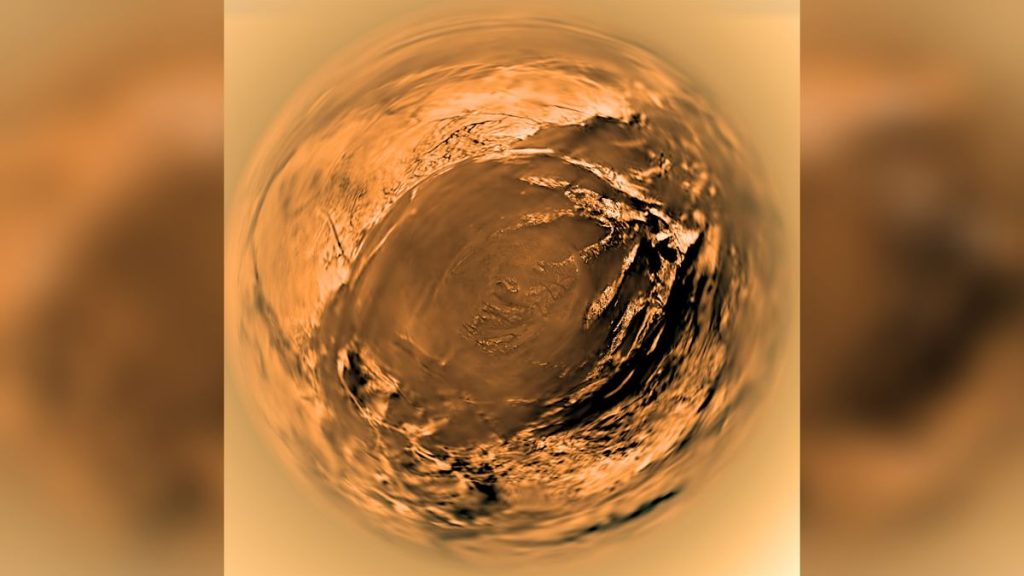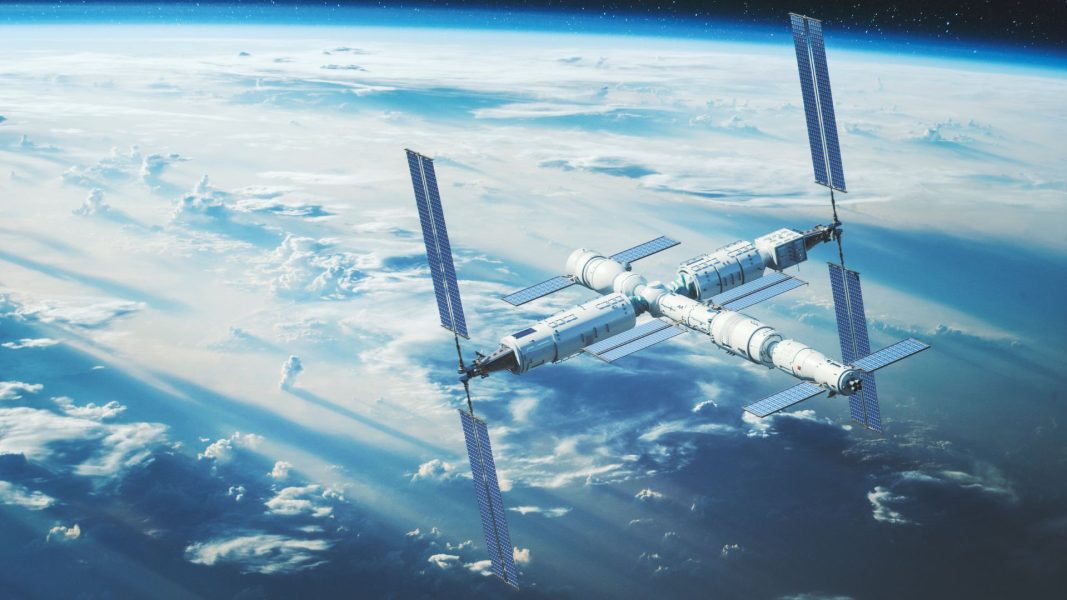Space photo of the week: Look into Titan’s ‘eye,’ 20 years after the Huygens spacecraft’s historic landing on Saturn’s largest moon – Livescience.com

Twenty years ago, the Huygens probe achieved humanity’s first landing on a moon in the outer solar system when it touched down on Titan.
When you purchase through links on our site, we may earn an affiliate commission. Here’s how it works.
What it is: Saturn’s largest moon, TitanWhere it is: Approximately 750 million miles (1.2 billion kilometers) from EarthWhen it was shared: May 4, 2006Why it’s so special: This picture was taken by the European Space Agency’s Huygens probe during its historic parachute descent onto Titan’s surface on Jan. 14, 2005. At the moment this image was captured, the probe was approximately 3 miles (5 km) above Saturn’s largest moon. The probe’s descent from its parent spacecraft, NASA’s Cassini, took approximately 2.5 hours. When Huygens landed with a thud near the bright equatorial region of Adiri, it made history as the first and only probe to land in the outer solar system. The probe carried instruments to study Titan’s smog-like atmosphere, chemical properties, wind, temperature and pressure. It was also equipped with cameras to capture Titan’s surface.Although the probe itself was not designed to withstand the landing, it not only survived but also returned images of frigid Titan’s surface for another hour and 10 minutes after touchdown, until its batteries died.—Space photo of the week: The tilted spiral galaxy that took Hubble 23 years to capture—Saturn’s moon Titan may have a 6-mile-thick crust of methane ice — could life be under there?—Space photo of the week: The 1st image of an alien planetOver the years, images collected by Huygens’ Descent Imager/Spectral Radiometer instrument revealed that Titan’s surface has Earth-like features including narrow drainage canals, dry lake beds, islands and shoals. Two more instruments — the Gas Chromatograph and Mass Spectrometer and the Surface Science Package — provided compelling evidence for the presence of methane rain and liquid flowing on Titan. Although the rivers and lakes appeared dry when Huygens touched down, evidence suggested that liquid methane may have flowed across the moon’s surface not long ago.The Huygens landing was part of the Cassini mission, which launched on Oct. 15, 1997. In 2017, after 20 years of thrilling exploration, the spacecraft made its final approach to Saturn, plunged into its atmosphere, and burned up, dramatically ending its remarkable journey.Get the world’s most fascinating discoveries delivered straight to your inbox.Shreejaya Karantha is a science writer specializing in astronomy, covering topics such as the sun, planetary science, stellar evolution, black holes, and early universe cosmology. Based in India, she works as a writer and research specialist at The Secrets of the Universe, where she contributes to scripts for research-based and explainer videos. Shreejaya holds a bachelor’s degree in science and a master’s degree in physics with a specialization in astrophysics.An interstellar visitor may have changed the course of 4 solar system planets, study suggestsScience news this week: Sunken worlds and ‘kidney beans’ on MarsWhat is CTE?Live Science is part of Future US Inc, an international media group and leading digital publisher. Visit our corporate site.©
Future US, Inc. Full 7th Floor, 130 West 42nd Street,
New York,
NY 10036.





